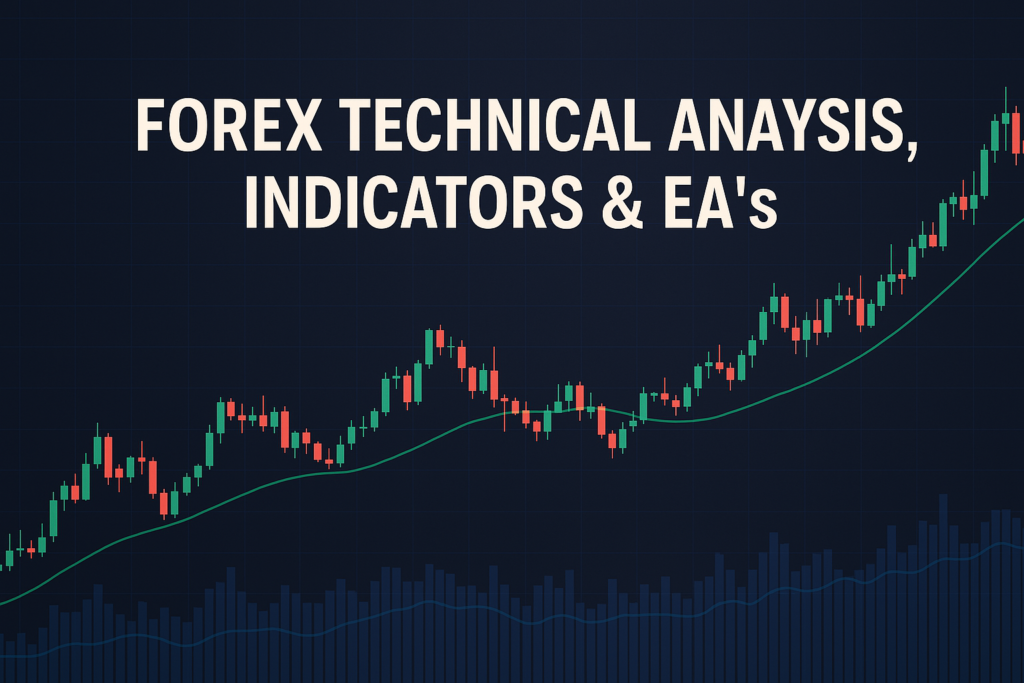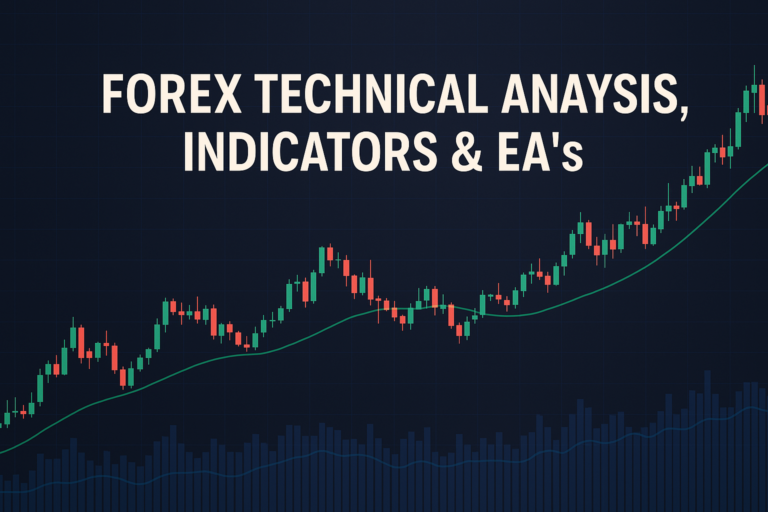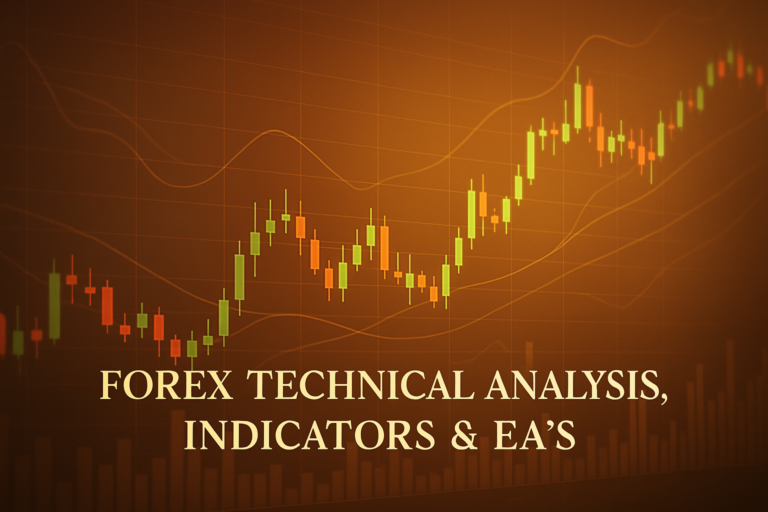
MA moving average is a vital tool in Forex trading, helping traders identify trends and make informed decisions.
The MA moving average is a powerful tool in Forex trading. It helps traders understand price trends by smoothing out price data over a specific time frame. By visually representing these trends, the MA moving average becomes essential for making informed trading decisions.
However, both beginners and professionals often struggle with using the MA moving average effectively. Some may find it confusing or feel overwhelmed by the many types and strategies involved. Understanding how to apply it correctly is crucial for maximizing its benefits.
This article will explore the MA moving average in depth, covering its definition, history, advantages, disadvantages, and various trading strategies. We’ll also provide guidance on applying it on popular trading platforms like MT4 and MT5.
If you’re looking for a practical example, check out the nifty 50 day moving average chart for insights into how this tool works in real markets.
What is a MA Moving Average?
What is a MA Moving Average?
The MA moving average is like a trend line that shows the average price of a currency over a set time period. Imagine you are tracking the temperature in your city. If you note the temperature every day and then calculate the average for a week, that’s similar to what a MA moving average does for currency prices. It helps traders see whether the price is going up, down, or staying the same.
Types of MA Moving Average
There are different types of MA moving averages, such as:
- Simple Moving Average (SMA): This is the most common type and calculates the average price over a specific number of periods.
- Exponential Moving Average (EMA): This type gives more weight to recent prices, making it more responsive to new information.
- Weighted Moving Average (WMA): Similar to EMA, WMA assigns different weights to prices, emphasizing more recent data.
How MA Moving Average Smooths Out Price Action
The MA moving average smooths out price action by averaging out the prices over a set period. This means that sudden price spikes or drops don’t affect the overall trend as much. It helps traders focus on the general direction rather than getting distracted by short-term fluctuations.
Common Periods Used and Why
Traders often use common periods like 10, 20, 50, or 200 days for their MA moving averages. A shorter period, like 10 days, reacts quickly to price changes, while a longer one, like 200 days, provides a broader view and is better for identifying long-term trends. Choosing the right period depends on your trading style—short-term traders may prefer shorter MAs, while long-term traders may use longer ones.
The History of MA Moving Average: How It Became Popular
Origin of MA Moving Average
The concept of the moving average dates back to the early 1900s. It was first popularized by Charles Dow, who created the Dow Theory to analyze stock market trends. His ideas laid the groundwork for modern technical analysis, which now includes the MA moving average as a fundamental tool.
When Did Traders Start Using It Widely?
Traders began using the MA moving average widely in the 1970s, as computers made it easier to calculate and analyze price data. This technological advancement allowed traders to implement strategies based on moving averages effectively.
Real-Life Stories
Many professional traders have attributed their success to using the MA moving average. For instance, one trader noticed a consistent pattern when the price crossed above the 50-day moving average. By following this trend, he was able to make significant profits over time. Such stories inspire new traders to learn and adopt the MA moving average in their trading strategies.
Advantages and Disadvantages of MA Moving Average
Advantages:
The MA moving average comes with several benefits:
- Helps Identify Trends Easily: By smoothing out price data, it becomes easier to spot whether a currency is in an uptrend or downtrend.
- Useful for Dynamic Support and Resistance: The MA can act as support or resistance levels, helping traders make informed decisions about entry and exit points.
- Works Well for Crossover Strategies: Traders often use the crossover of different MAs to signal buy or sell opportunities.
Disadvantages:
Despite its advantages, the MA moving average does have some drawbacks:
- lags Behind Price Movements: Since it’s based on historical data, it may not react quickly to sudden price changes, leading to missed opportunities.
- Can Give False Signals in Sideways Markets: In a ranging market, the MA may lead to false signals, causing traders to enter or exit trades at the wrong time.
How to Apply MA Moving Average on MT4 & MT5
Step-by-Step Guide to Adding MA Moving Average on Charts
To add the MA moving average on MT4 or MT5, follow these simple steps:
- Open your trading platform and select the chart you want to analyze.
- Click on ‘Insert’ in the top menu, then choose ‘Indicators’, and select ‘Trend’.
- Click on ‘Moving Average’ and customize your settings based on your preferences.
Customizing MA Moving Average Settings
You can customize the MA moving average settings to fit your trading style. Change the period, choose between Simple or Exponential, and select your preferred color to make it stand out on your chart.
Saving Templates for Easy Application
Once you’ve customized your MA moving average, you can save the template for easy application in the future. Go to ‘Template’ in the top menu, then select ‘Save Template’. This way, you won’t have to set it up again every time.
5 to 7 Trading Strategies Using Only MA Moving Average
All Time Frame Strategy (M5 to D1)
This strategy works for all time frames. Monitor the MA moving average for crossovers. When a short-term MA crosses above a long-term MA, it’s a buy signal. Conversely, when it crosses below, it’s a sell signal.
Trending Strategies
Use the MA moving average to identify trends. If the price stays above the MA, it indicates an uptrend, suggesting you should look for buying opportunities. If the price stays below, consider selling.
Counter Trade Strategies
In this strategy, look for situations where the price touches the MA moving average and reverses. This could signal a potential entry point against the trend, allowing you to capitalize on short-term moves.
Swing Trades Strategies
For swing trading, use the MA moving average to identify entry points. Wait for the price to bounce off the MA, and then enter in the direction of the trend for potential profits.
5 to 7 Trading Strategies Combining MA Moving Average with Other Indicators
All Time Frame Strategy (M5 to D1)
Combine MA with the Relative Strength Index (RSI) for a robust strategy. When the MA indicates an uptrend and the RSI is below 30, it’s a potential buy signal. Conversely, look for sell signals when the MA shows a downtrend and RSI is above 70.
Trending Strategies
Use the MA moving average alongside MACD. When the MACD line crosses above the signal line while the price is above the MA, it’s a strong buy signal. For selling, look for the opposite conditions.
Counter Trade Strategies
For counter-trend strategies, use MA with Bollinger Bands. If the price touches the lower band while below the MA, it might signal a buying opportunity. If it touches the upper band while above the MA, consider selling.
Swing Trades Strategies
Combine the MA moving average with Fibonacci retracement levels. If the price retraces to a Fibonacci level and touches the MA, it can provide a strong entry point for swing trades.
If you’re facing issues like Account History Not Loading, it’s essential to troubleshoot and resolve them to maintain your trading routine.
Top 10 FAQs About MA Moving Average
1. What does MA stand for?
MA stands for Moving Average, which is a commonly used indicator in Forex trading.
2. Why is MA important in Forex?
MA helps traders identify trends and entry/exit points, making it vital for successful trading.
3. How do I choose the right period for my MA?
Choose a period based on your trading style. Short-term traders may prefer shorter periods, while long-term traders opt for longer ones.
4. Can I use MA for day trading?
Absolutely! Many day traders use MA to identify quick trends and make fast decisions.
5. What is the difference between SMA and EMA?
SMA calculates the average price equally over a set period, while EMA gives more weight to recent prices.
6. How do I know when to buy or sell using MA?
Look for crossover signals, where a short-term MA crosses above or below a long-term MA to identify potential buy or sell opportunities.
7. Can MA work in sideways markets?
MA may struggle in sideways markets, often giving false signals. It’s best to use it in trending markets.
8. Do professional traders rely on MA?
Yes, many professional traders incorporate MA into their strategies as it helps simplify their analysis.
9. Is MA suitable for beginners?
Definitely! The MA moving average is one of the most straightforward indicators, making it perfect for beginners.
10. How can I practice using MA?
Consider using a demo account to practice applying MA moving average strategies without risking real money.
Conclusion
In summary, the MA moving average is an essential tool in Forex trading that helps traders identify trends and make informed decisions. Understanding its history, advantages, and disadvantages is crucial for effectively incorporating it into your trading strategy.
We encourage you to test various strategies using the MA moving average before committing real money. The more you practice, the better you’ll become at using this powerful tool to enhance your trading success.
Remember, trading is a journey, and learning to use the MA moving average effectively can be a significant step towards achieving your financial goals.
Stay ahead of the game by reading expert-backed advice on this topic BabyPips, IG Group
Expand Your Knowledge
- 📌 Forex Trading Learning Road Map
- 📌 Forex Trading Course with no Fees
- 📌 Forex Trading Issues, Problems, and Solutions
- 📌 Forex Daily Forecast & Live Updates
- 📌 Forex Fundamental & News Analysis: Tomorrow’s Market Movers & Trade Opportunities
- 📌 Forex Education Hub: Learn & Profit
- 📌 Forex Technical Analysis, Indicators & EA’s
Start Trading Today
Ready to take your forex trading to the next level? Open an account with Exness, one of the most trusted platforms in the industry. 👉 Sign Up Now and trade with confidence!
My recommended broker stands out with ultra-low spreads for beginners, instant withdrawals, and zero spread accounts for pro traders.
Trusted since 2008, lightning-fast execution, no hidden fees, and a secure, transparent trading environment—giving you the edge you need to succeed. 🚀
YouTube Video Library: Related Videos
Note: The video above is embedded from YouTube and is the property of its original creator. We do not own or take responsibility for the content or opinions expressed in the video.



